Blog
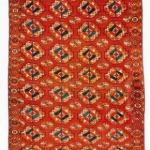
Turkoman designs
(Posted on 08/05/14)Gul Lozenge-shaped motifs (guls) arranged in vertical rows, usually with off-set rows of minor guls, in a repeating allover format are typical in Turkoman rugs. The word means flower in Persian, but is perhaps more likely to have been...
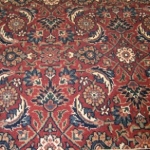
Designs (Herati)
(Posted on 29/04/14)Herati: The herati design derives its name from the town of Herat (part of Persia until the last century, but now in Afghanistan), where it is said to have originated. It is composed of a single floral head within a diamond framework flanked...
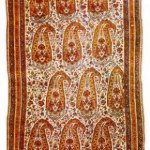
Designs (Boteh)
(Posted on 15/04/14)Boteh: The boteh design derives its name from Persian word for 'a cluster of leaves', which it only partially resembles, and is familiar in the west as the primary motif of the paisley design. Its origins are extremely obscure and there is...
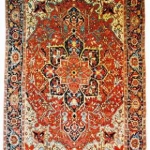
Designs (Medallion)
(Posted on 10/04/14)Medallion-and-corner: Sometimes referred to as the 'book-cover' or Koran design because it was evolved during the 15th and 16th centuries from the magnificent tooled leather cover used to bind the Koran; these had themselves been inspired by the...
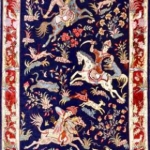
Designs (Hunting)
(Posted on 08/04/14)Hunting designs: Feature either human figures (usually on horseback) engaged in formal hunt, or predatory animals pursuing their prey amidst a fecund undergrowth of foliate forms. These latter scenes are sometimes employed in conjunction...
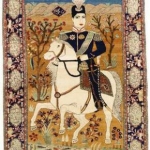
Pictorial rugs
(Posted on 05/04/14)The depiction of people and animals is far less common in the East than it is the West, and, despite the fact that vegetal and architectural forms are at the heart of most motifs and designs, the oriental textile artist rarely portrays landscapes or...
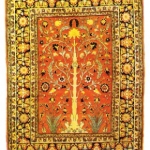
Universal designs (Tree-of-life)
(Posted on 03/04/14)Tree-of-life designs are based on one of the oldest and most universal of all religious and mythological symbols, pre-dating both Islam and Christianity. References to a 'tree of life' as the connecting link between the human and heavenly worlds...
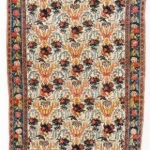
Universal designs
(Posted on 28/03/14)Saph designs: Composed of a series of adjacent prayer-rug schemes, and often referred to as 'family' or 'multiple' prayer rugs. Anatolia, particularly Kaysery, produces a number of such rugs, but the majority come rfom Pakistan and are marketed as Mori...
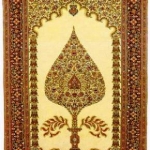
Prayer Rugs
(Posted on 24/03/14)Prayer rugs have been used in Muslim countries for centuries, and are an integral part of the religious experience of the Islamic world. An orthodox Muslim is expected to pray 5 times a day on a 'clean spot' facing the holy city of Mecca, and a...
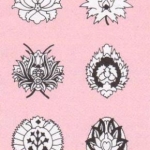
Persian and universal designs
(Posted on 14/03/14)It is open to debate whether or not the designs traditionally ascribed to Persia are in fact Persian in origin, and there is some evidence to suggest that a number may have had earlier link with Anatolia, India or Central Asia. What is not disputed...




